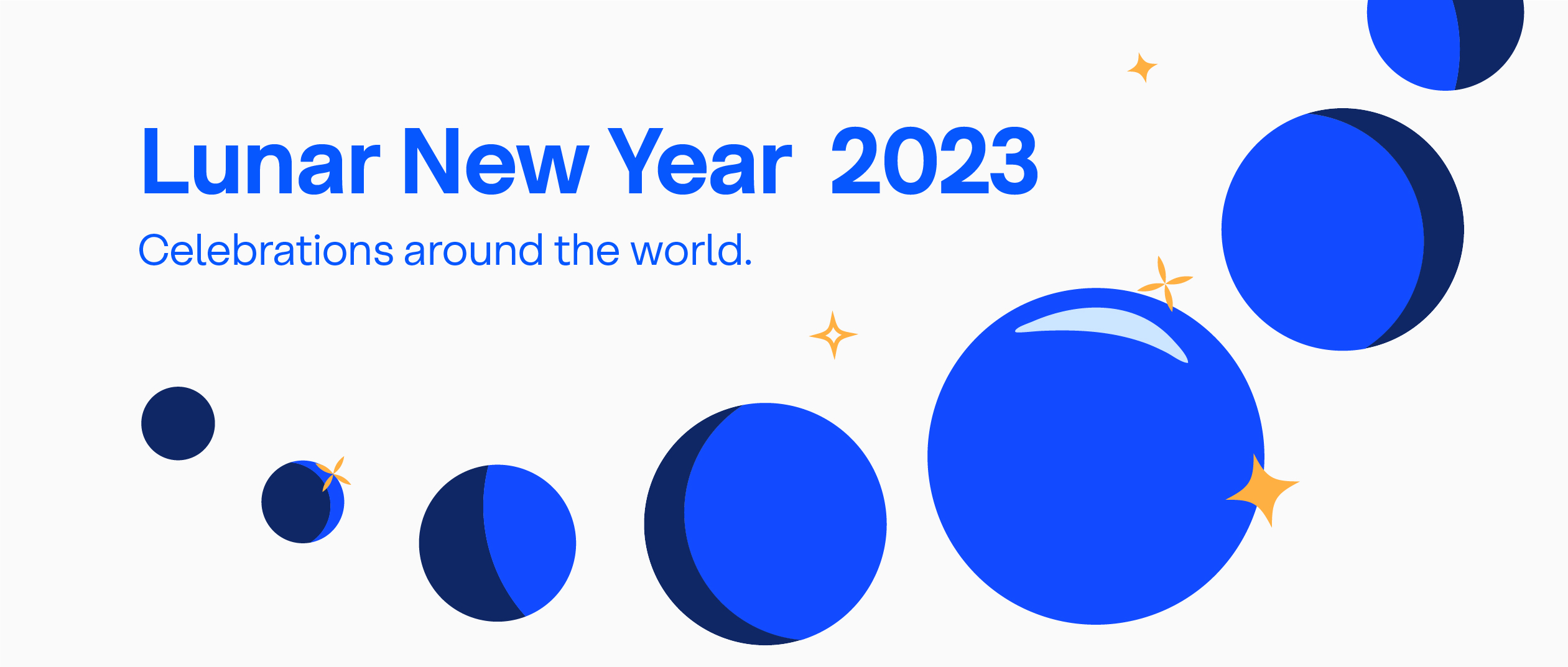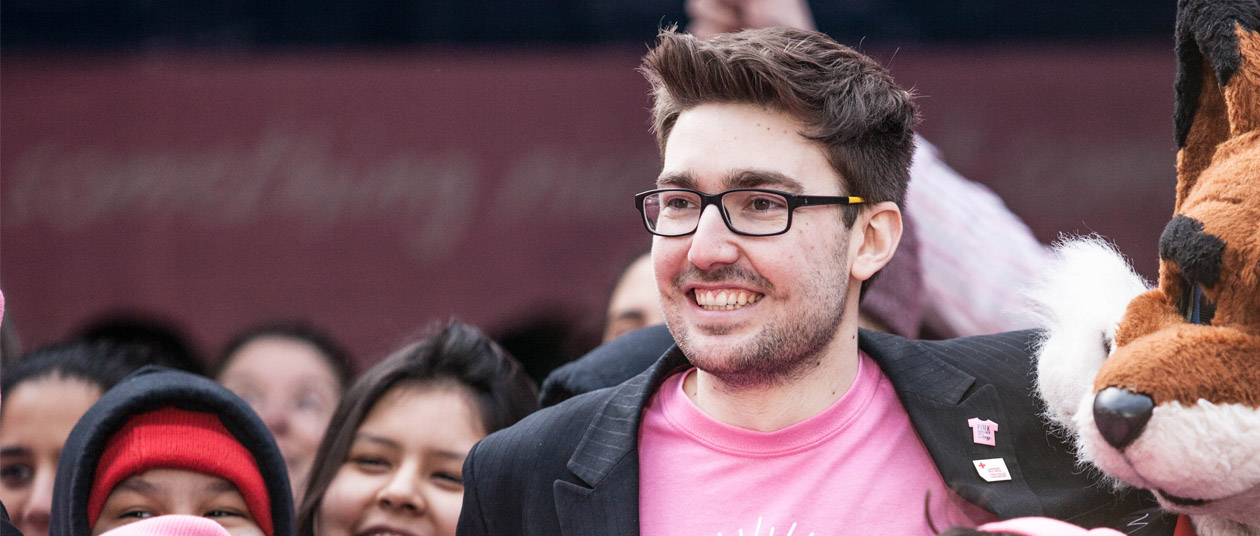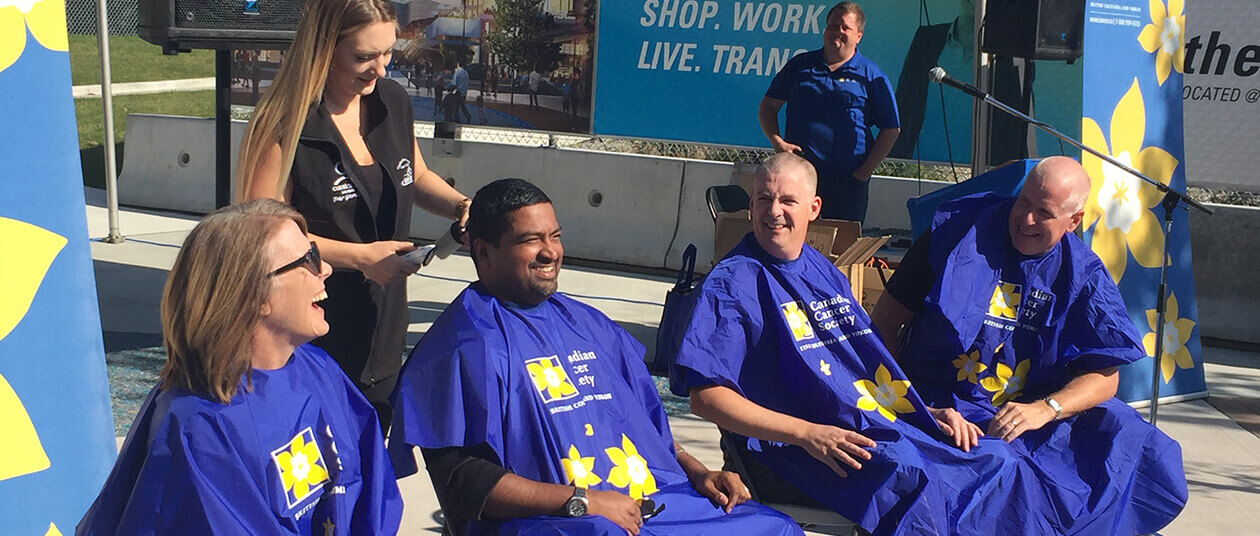Lunar New Year is a time for family reunions and hope for the coming year. The holiday marks the start of the new year of China’s traditional lunisolar calendar, but did you know it’s not just China that celebrates? Here are 3 things you may not know about Lunar New Year celebrations.
1. Lunar New Year is different than Chinese New Year.
Calendars shape how we understand and interact with the world around us. Lunar New Year comes from the lunar and lunisolar calendars, which track the phases of the moon. New Year in North America and many European countries typically follow a solar calendar, which tracks what time it takes the Earth to circle the sun. The lunar and lunisolar calendars are used in many different cultures around the world.
So, while Lunar New Year begins at the same time as Chinese New Year, it’s actually a term that represents many people, groups, and cultures – including Spring Festival (China), Seollal (Korea), Tsagaan Sar (Mongolia), Losar (Tibet), Tết Nguyên Đán (Vietnam), and more. While it’s commonly referred to as Chinese New Year, that isn’t reflective of all the diverse cultures that actually celebrate the festival.
2. Not everyone of Asian descent celebrates Lunar New Year.
There are many personal reasons why not everyone of Asian descent participates in Lunar New Year, or might not have a personal connection to it. For example, they could feel a physical or emotional sense of distance from traditions. It’s similar to how not everyone celebrates Christmas or Hanukkah, even if their ancestors did.
3. Individuals that are not of Asian descent celebrate Lunar New Year too.
Lunar New Year is not specific to ethnicity, and anyone who follows a lunar or lunisolar calendar can take part. For example, Hobiyee is a new year celebrated by the Nisga’a First Nation in Northwest “British Columbia”. It’s a 2-day celebration where the first crescent moon shows what the harvesting season will be like. The days are spent singing, drumming, dancing, and passing down traditions and language to youth within the Nation. This is just one example of the many diverse ways different cultures around the world celebrate Lunar New Year.
Coast Capital Savings is committed to inclusion and Build Better Futures Together while elevating underrepresented stories and voices. Learn more: https://www.coastcapitalsavings.com/about-us/building-an-inclusive-future?_ga=2.11928052.19087248.1673889527-1785252637.1671577958



